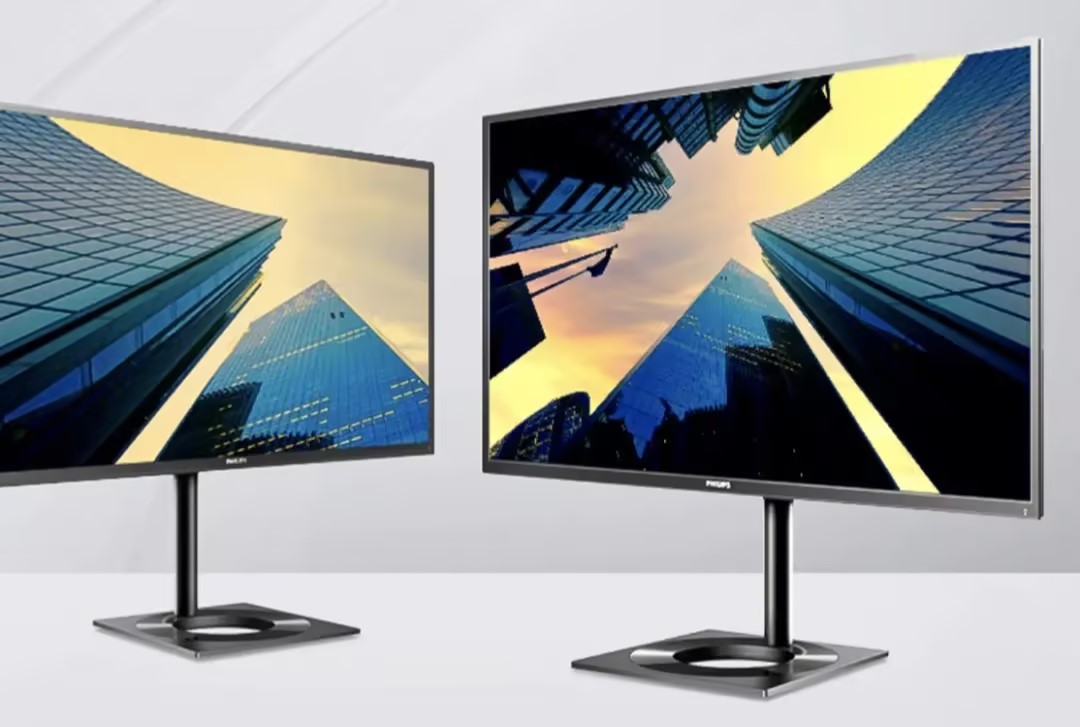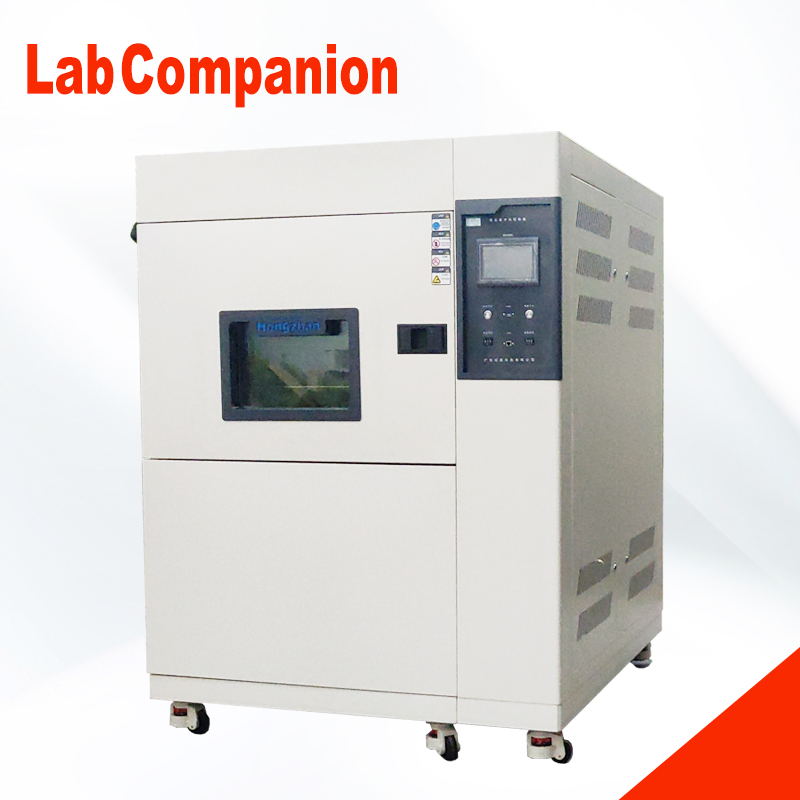LCD Display with full name Liquid Crystal Display, is a flat display technology. It mainly uses liquid crystal materials to control the transmission and blocking of light, so as to achieve images display. The structure of LCD usually includes two parallel glass substrates, with a liquid crystal box in the middle, and through voltage control liquid crystal molecule rotation direction to control the polarized light of each pixel, in order to achieve the purpose of imaging. LCD displays are widely used in TV, computer monitors, mobile phones, tablet computers and other devices.

At present, the common liquid crystal display devices are Twisted Nematic (TN), Super Twisted Nematic (STN), DSTN(Double layer TN) and color Thin Film Transistors (TFT), the first three kinds of manufacturing basic principles are the same, become passive matrix liquid crystal, and TFT is more complex, because of the retention of memory, and called active matrix liquid crystal.
Because liquid crystal display has the advantages of small space, thin panel thickness, light weight, flat right-angle display, low power consumption, no electromagnetic radiation, no thermal radiation, it gradually replaces the traditional CRT image tube monitor.
There are four display modes of LCD displays: reflection, reflection transmission conversion, projection, transmission.
(1) The reflection type liquid crystal display itself does not emit light, through the light source in the space into the LCD panel, and then by its reflective plate will reflect the light to people’s eyes;
(2) The reflection transmission conversion type can be used as a reflection type when the light source in the space is sufficient, and when there is not enough light in the space, the hidden light source is used as lighting;
(3) Projection type is the use of similar movie playback principle, the use of projected light department to the LCD display of the image projected to the remote larger screen;
(4) The transmission type liquid crystal display completely uses the hidden light source as lighting.
Relevant test conditions:
Items | Temperature | Time | Remarks |
high-temperature storage | 60℃,30%RH | 120 hours | Note 1 |
low-temperature storage | -20℃ | 120 hours | Note 1 |
high temperature and humidity | 40℃,95%RH (impermeability) | 120hours | Note 1 |
hot operation | 40℃,30%RH. | 120hours | standard voltage |
temperature shock | -20℃(30min)↓25℃(10min)↓20℃(30min)↓25℃(10min) | 10cycle | Note 1 |
mechanical vibration | - | - | Frequency: 5-500hz, acceleration: 1.0g, amplitude: 1.0mm, duration: 15mins, twice in X,Y,Z direction. |
Note 1: The tested module should be placed at normal (15 ~ 35℃,45 ~ 65%RH) for one hour before testing | |||

